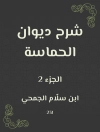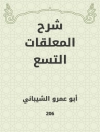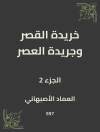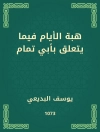In ‘Tender Buttons, ‘ Gertrude Stein presents a groundbreaking exploration of language and perception through a collection of prose poems that defy traditional narrative structure. Published in 1914, this work challenges the conventions of grammar and syntax, focusing instead on the sensory experience of objects and domesticity. Stein’s fragmented and avant-garde style reflects the modernist movement, where the emphasis shifts from representational art to an exploration of the essence of objects and experiences. Each section—’Objects, ‘ ‘Food, ‘ and ‘Rooms’—serves as a meditation on the ordinary, inviting readers to reconsider their relation to the mundane through Stein’s whimsical yet incisive use of language. Gertrude Stein, a pivotal figure of American modernism, was deeply influenced by her experiences in Paris and her connections with contemporaries such as Pablo Picasso and Ernest Hemingway. Her bold experiments with form were a reaction to the societal changes of her time and stemmed from her background in philosophy and a keen interest in the psychological dimensions of language. Stein’s pursuit of art’s intersection with everyday life culminates in this distinctive work, which exemplifies her desire to push literary boundaries. ‘Tender Buttons’ is essential reading for those intrigued by experimental literature and the exploration of identity through language. It invites readers to engage with the subtleties of word choice and the nuances of perception, making it a thought-provoking experience suitable for both literary scholars and casual readers alike.
เกี่ยวกับผู้แต่ง
Gertrude Stein (1874-1946) was a pivotal figure in the early 20th-century literary avant-garde, renowned for her innovative approaches to narrative, language, and genre. Born in Pittsburgh, Pennsylvania, and later moving to Oakland, California, Stein attended Radcliffe College before enrolling at Johns Hopkins University’s School of Medicine, although she would leave before completing her degree. The lure of creative expression proved stronger, drawing her to Paris, which became her home for most of her life and the center of her literary work. There, Stein established herself within the artistic circles that included luminaries such as Picasso, Hemingway, and Fitzgerald, becoming a celebrated hostess and patron of the arts.
Stein’s literary style is characterized by her exploration of stream-of-consciousness and her fascination with the musicality and malleability of words. One of her most famous works, ‘Tender Buttons’ (1914), exemplifies her experimental approach, presenting a series of poetic vignettes that challenge traditional narrative structures and syntax. The book’s abstraction and linguistic playfulness reflected her broader modernist experiments with the deconstruction of conventional language and literary forms. Stein’s contribution to the modernist movement and her role in shaping the contours of experimental literature have made her a significant figure in the canon of American literature, influencing generations of writers and artists who followed in her footsteps.












